The new iPhone XS and XS Max are mostly talked about in superlatives. It is understandable that the new generation of Apple smartphones has many advantages over the previous one and has a number of improvements. Most of them were reported by Apple itself, others are gradually discovered thanks to various tests. For example, a new study proves that the iPhone XS (Max) display is significantly more gentle on the eyes.
The testing took place at one of the universities in Taiwan. The results showed that the new OLED displays are more beneficial to human vision than the LCD displays of previous iPhone models. The iPhone XS and iPhone XS Max are the second iPhones equipped with OLED displays – this technology was first used by Apple in last year's iPhone X. Unlike its more expensive siblings, the iPhone XR has a 6,1-inch LCD Liquid Retina display, which, among other things, compared to this year's other lower resolution models.
Tests conducted at Tsing-Hua University showed that the iPhone XS Max display has up to 20% higher MPE (Maximum Premissible Exposure) than the iPhone 7. The MPE value indicates the amount of time the cornea is exposed to the display before it is damaged. For the iPhone 7, this time is 228 seconds, for the iPhone XS Max 346 seconds (less than 6 minutes). This means you can stare at the iPhone XS Max display for longer before your eyesight is damaged.
Testing also proved the fact that the iPhone XS Max display has a less negative impact on the user's sleep mode than the iPhone 7 display. The Melatonin Suppression Sensitivity value is 20,1% for the iPhone XS Max, while 7% for the iPhone 24,6. The test takes place by measuring the blue light emitted by the display. It has been shown that exposing the user's vision to this blue light can result in disruption of their circadian rhythm.
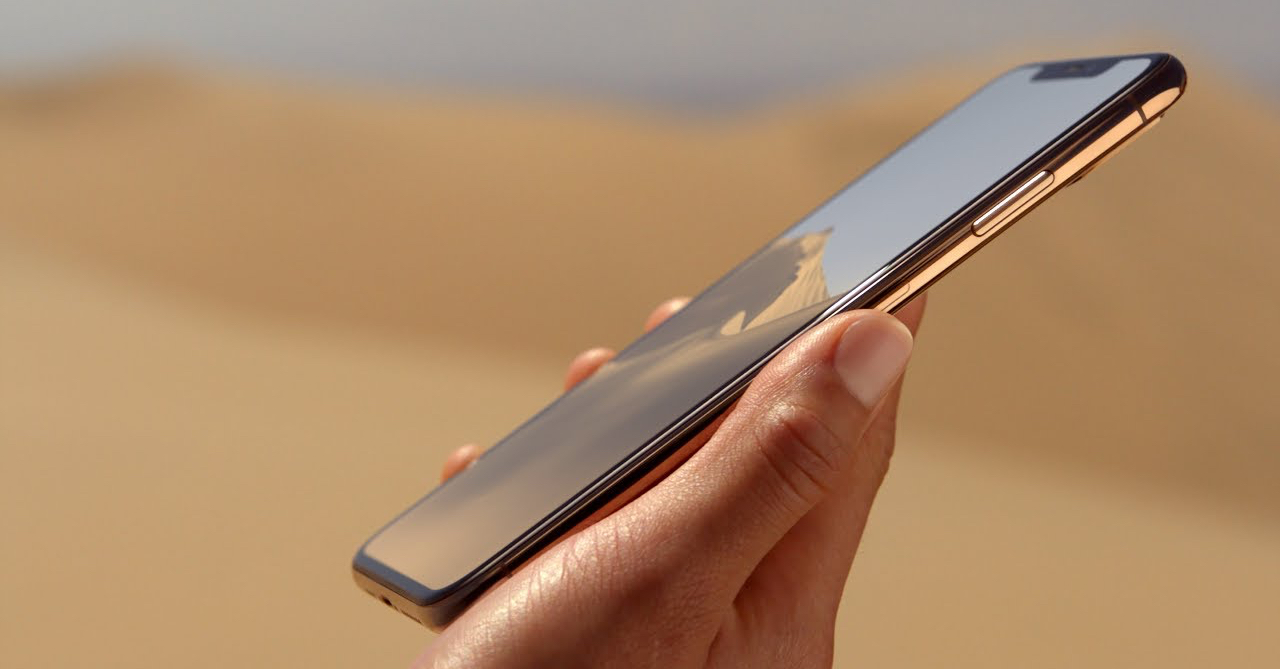
Source: Cult of Mac
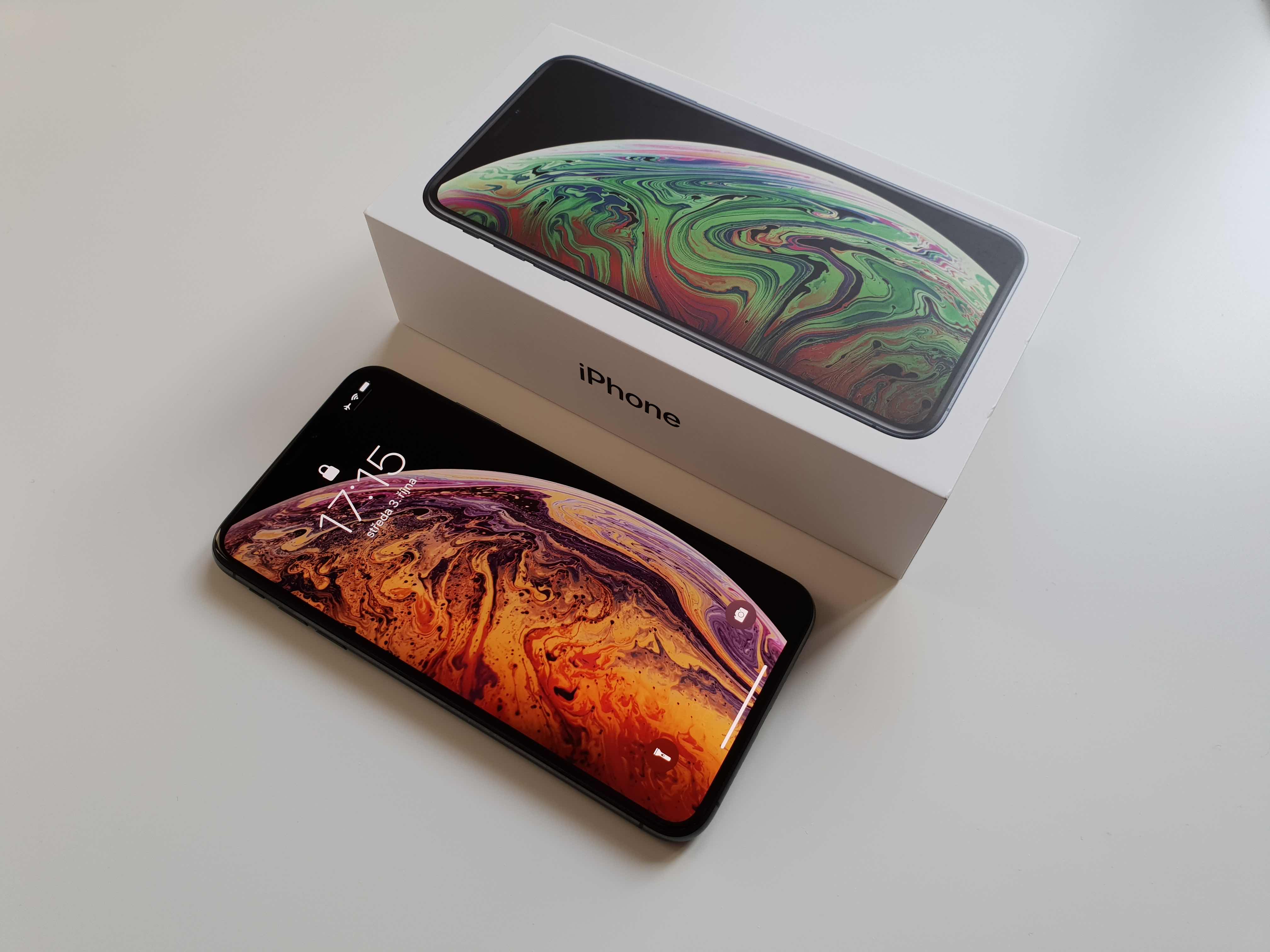
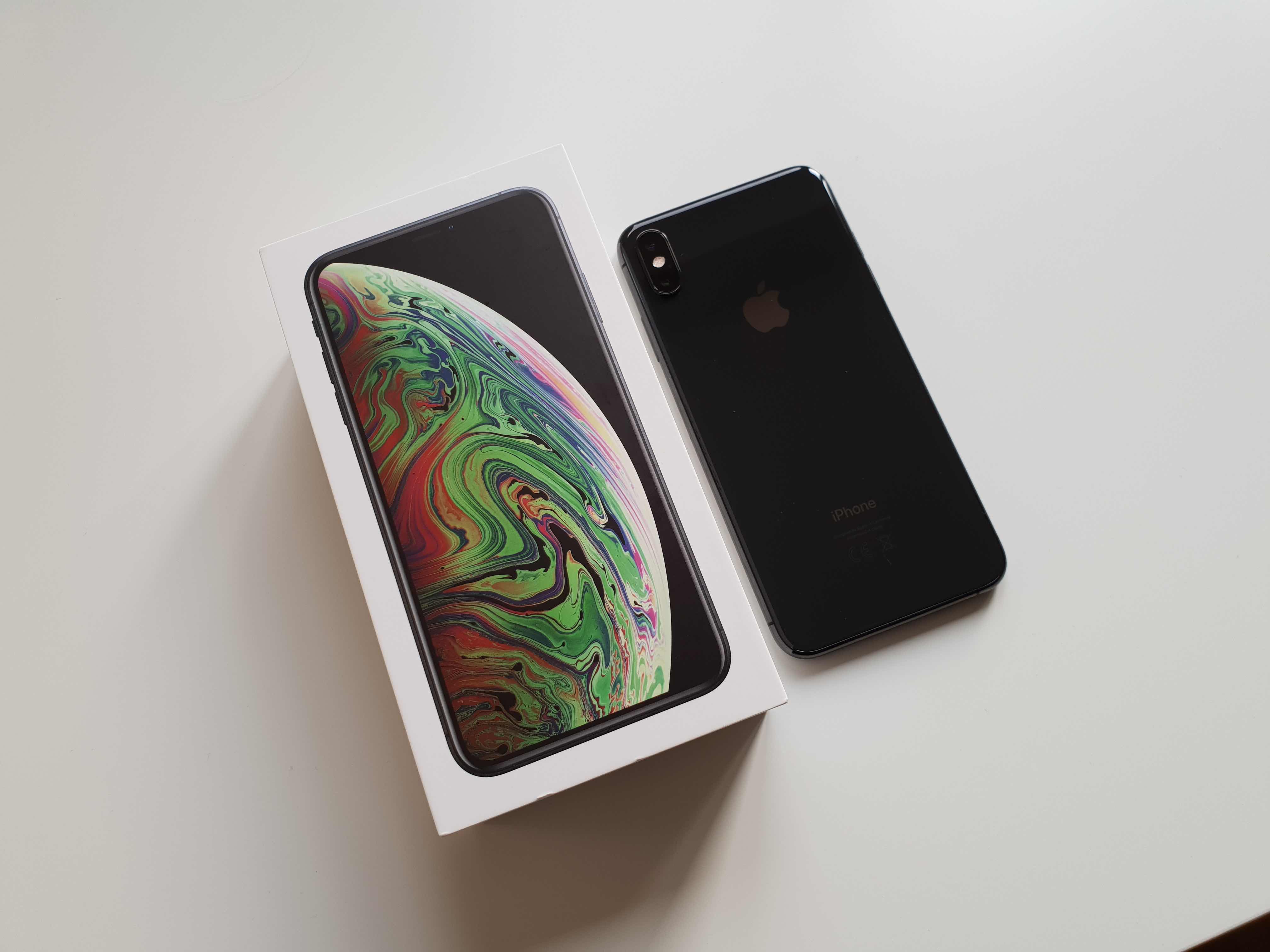
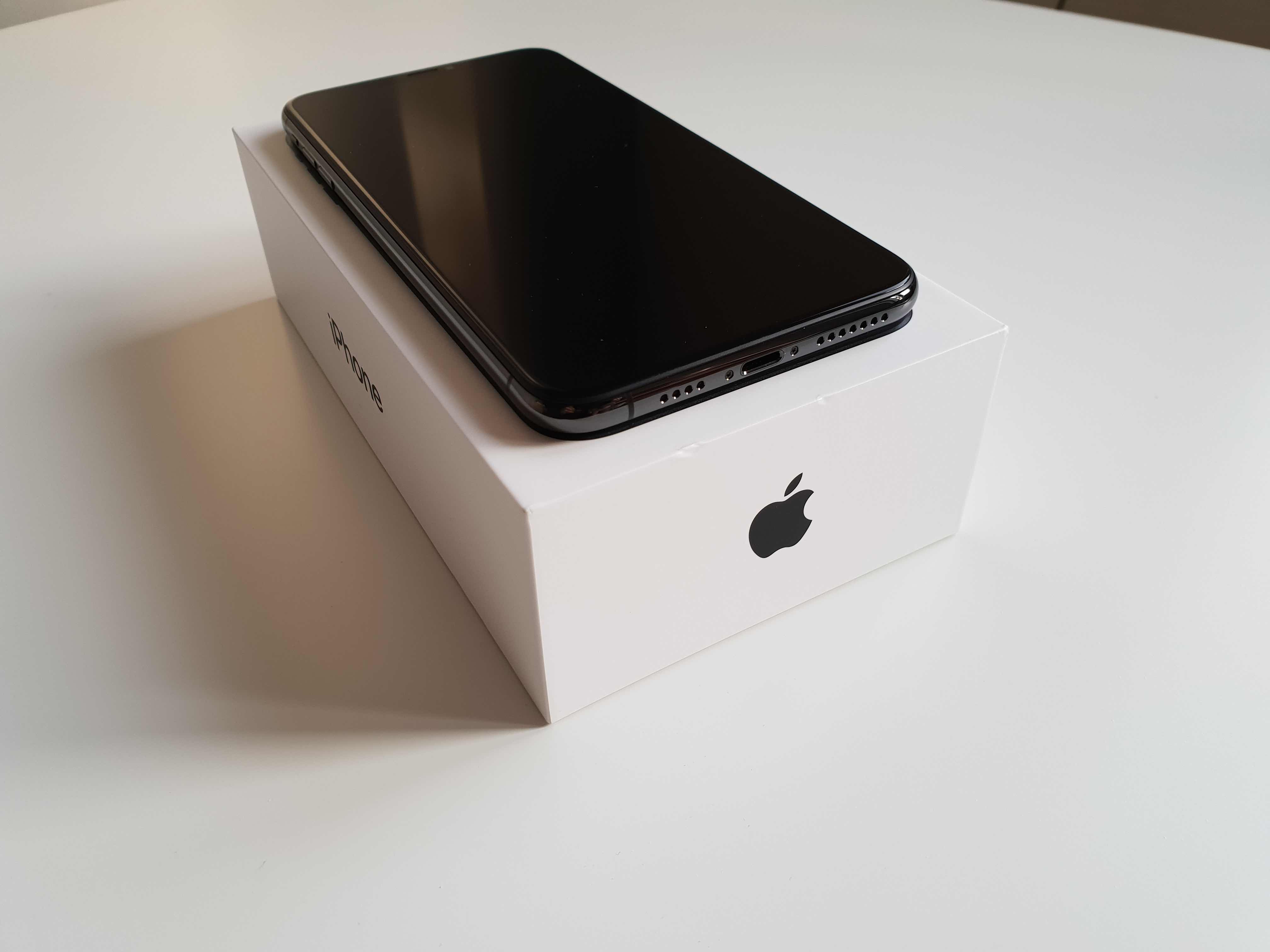
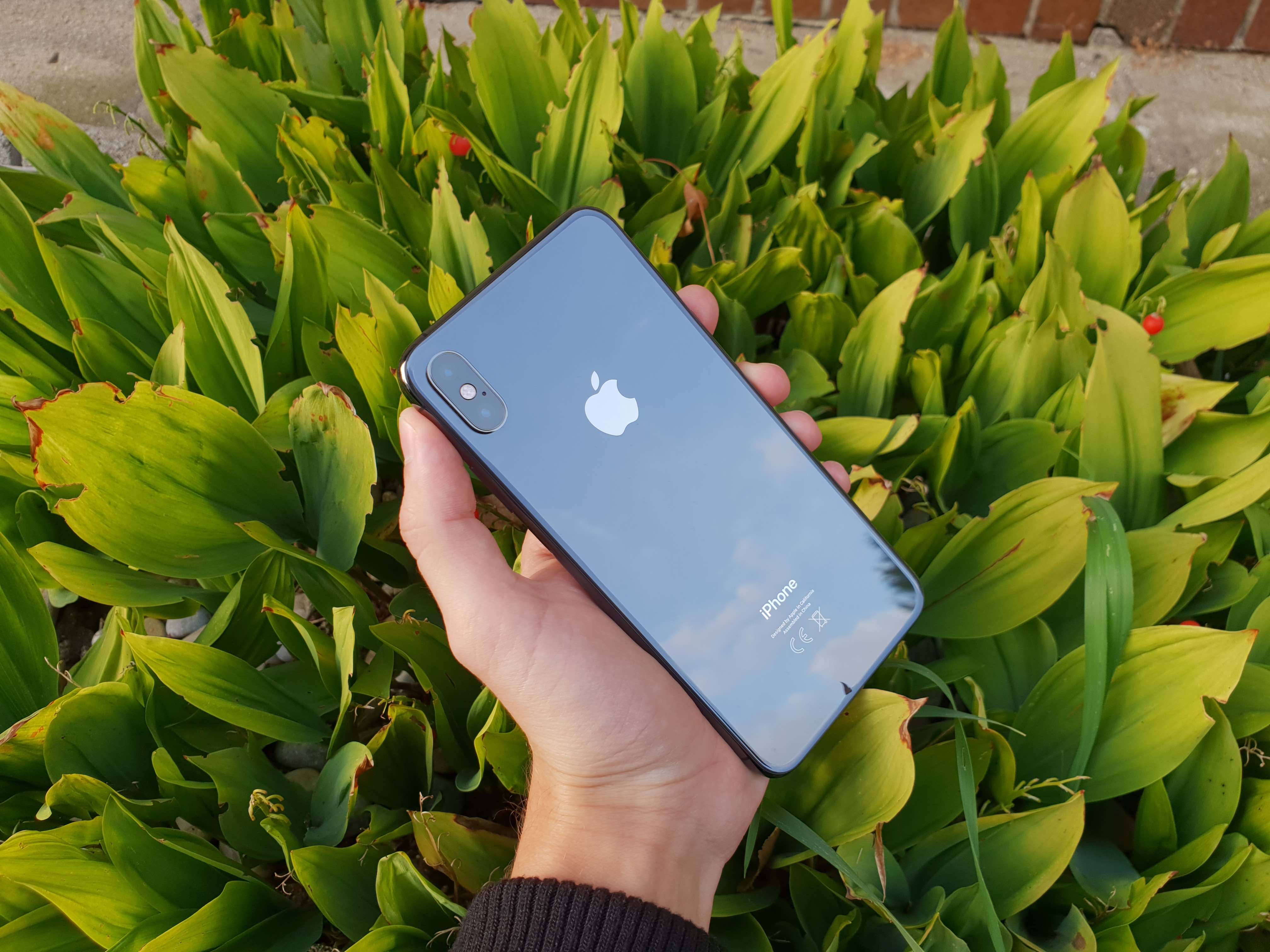
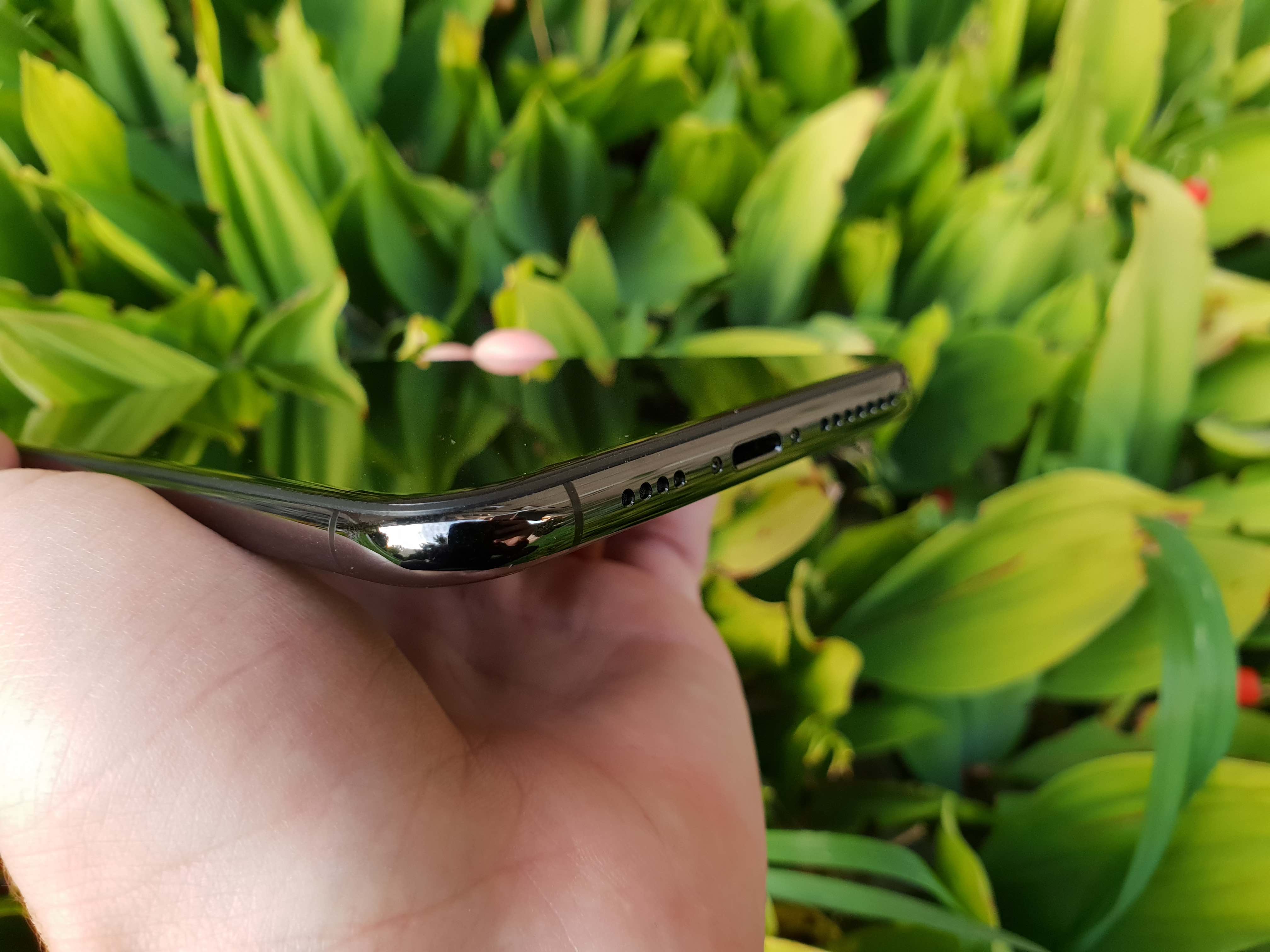
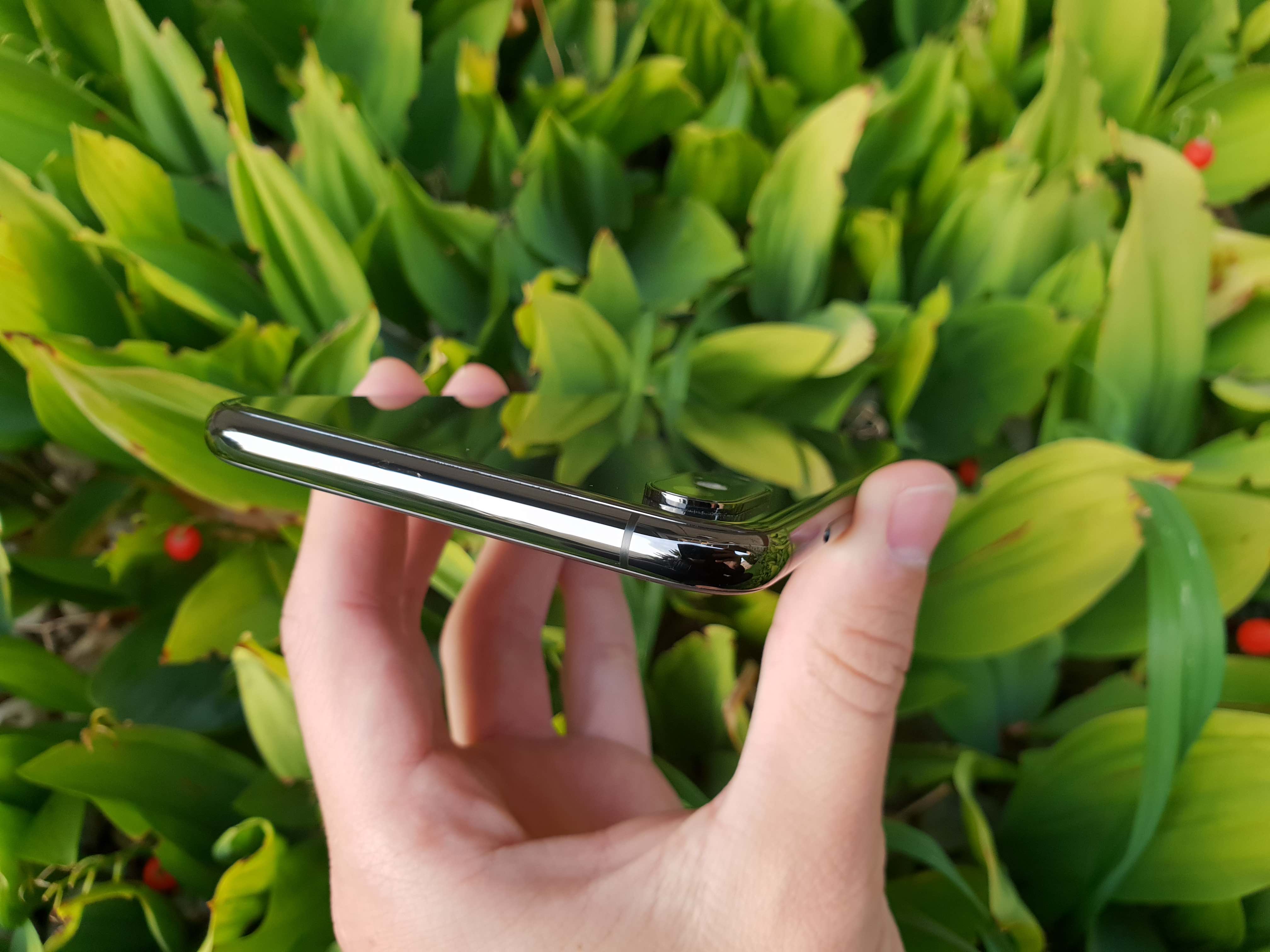
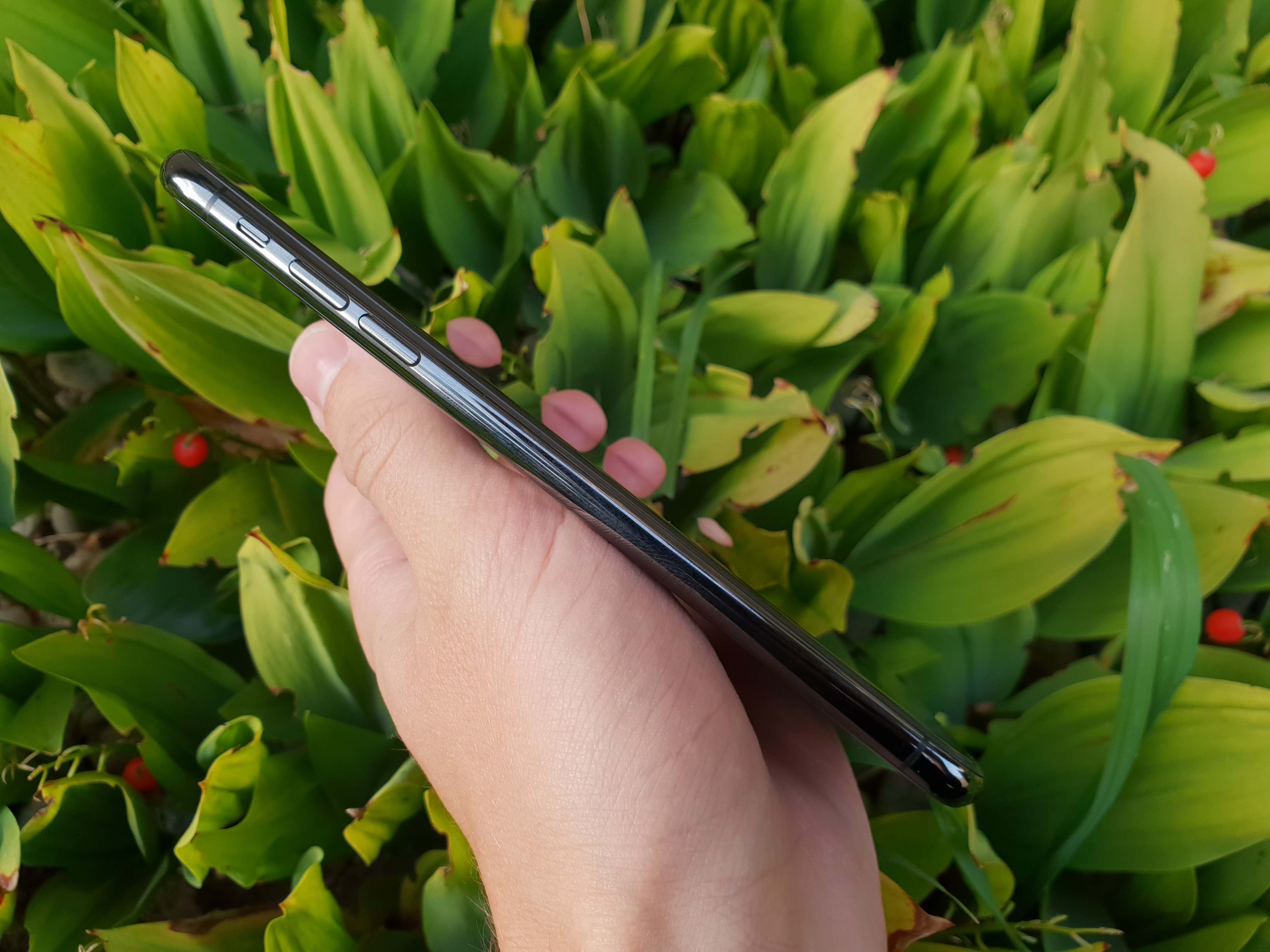
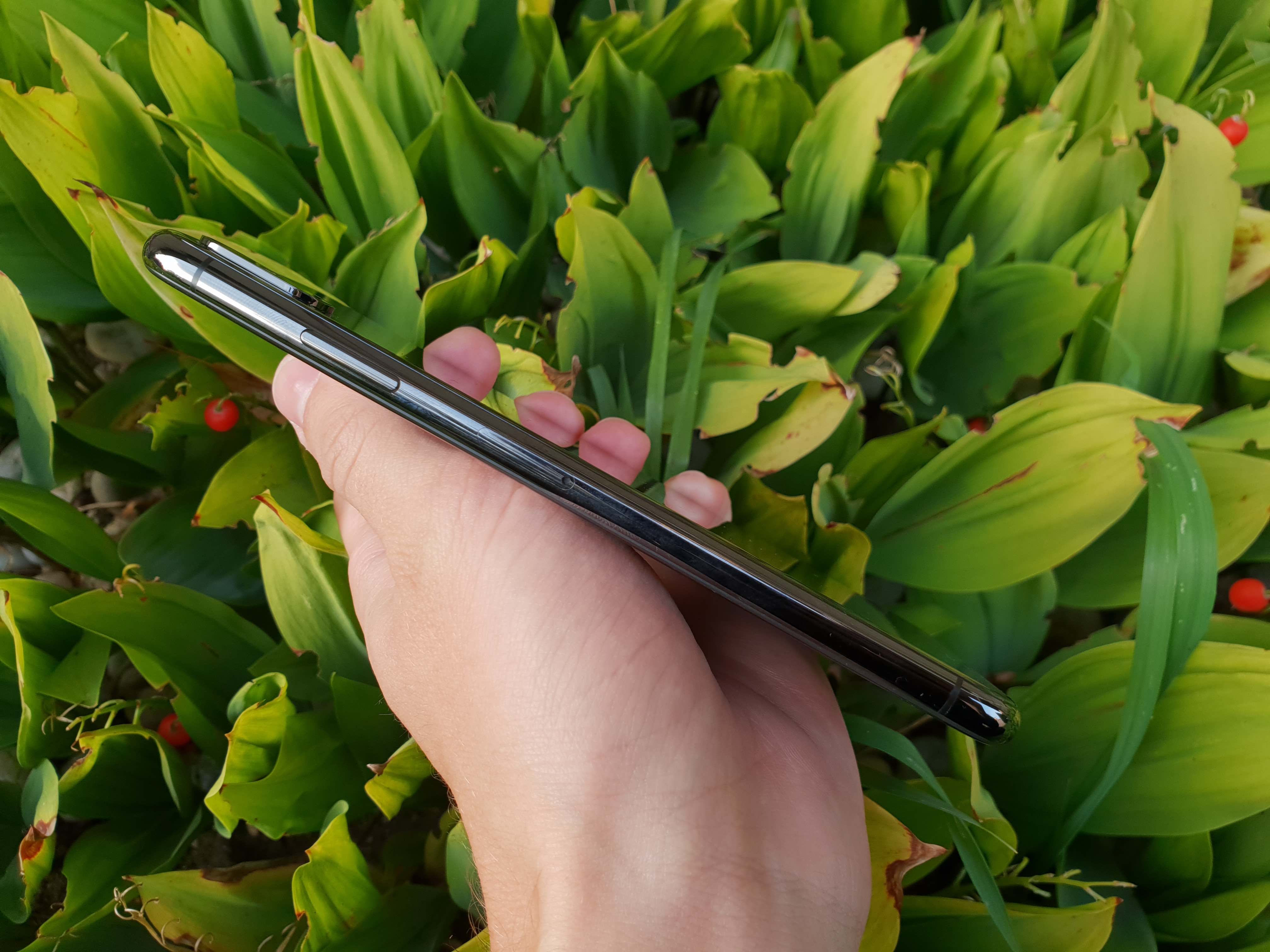
Great. I would like to draw your attention to resources related to the issue of toxic blue light and its effect on circadian rhythms, sleep and health. For one thing, Matthew Walker's new book and bestseller "Why We Sleep" (http://www.procspime.cz) and also about the FB group of the same name, where we deal with similar issues: https://www.facebook.com/groups/procspime.
THIS IS THE MOST IMPORTANT REASON TO SWITCH TO XKA
SO THAT I HAVE AN AJPHONE TO BRAGG TO THE HEART OF NEBOERK, IT'S REALLY NO
EITHER I HAVE THE XKA OR I WILL BUY A XIAOMI FOR 3000
THERE IS NO OTHER CHOICE